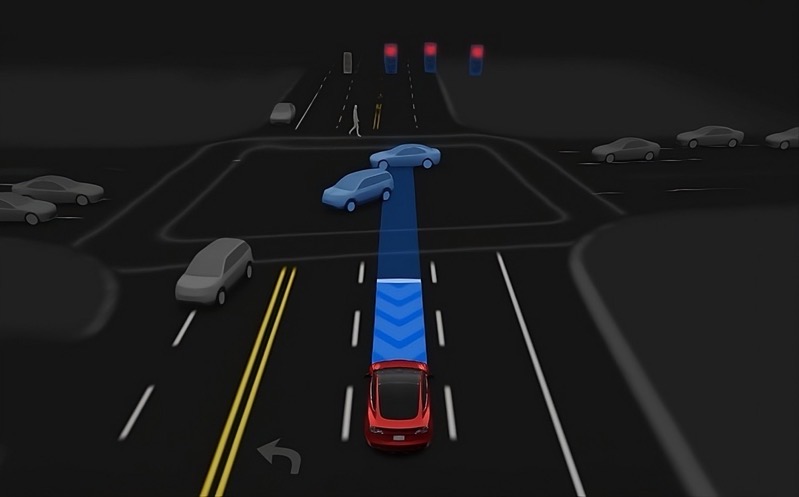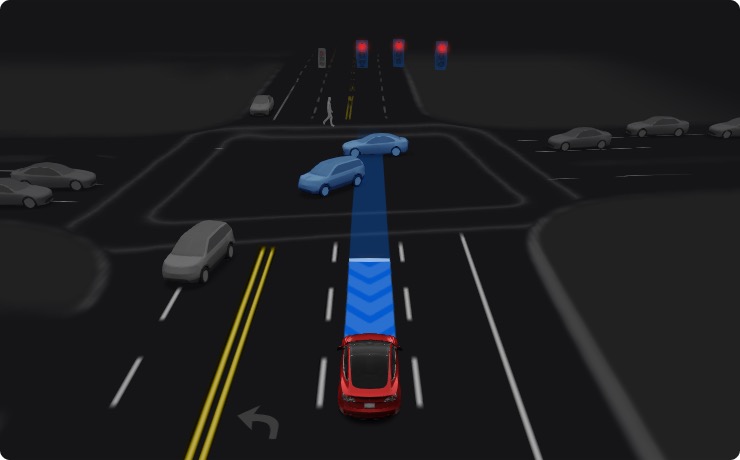
Tesla is ‘Far Ahead’ in Self-Driving Cars, Says Nvidia CEO
Nvidia’s CEO Jensen Huang emphasized the strong demand for Nvidia’s AI technology, particularly from Tesla, as the company transitions between its current and next-generation AI chips.
Speaking to Yahoo Finance following Nvidia’s first-quarter earnings report, Huang dismissed concerns about a potential demand lull, stating, “People want to deploy these data centers right now. They want to put our [graphics processing units] to work right now and start making money and start saving money. And so that demand is just so strong.”
Nvidia is moving from its Hopper AI platform to the more advanced Blackwell system. Huang noted that despite the anticipation for Blackwell units, Hopper demand grew throughout the quarter. “Hopper demand grew throughout this quarter — after we announced Blackwell — and so that kind of tells you how much demand there is out there,” Huang said.
The demand for both AI platforms is expected to exceed supply well into next year due to the complexity of the chips. “Every component, every part of our data center, is the most complex computer the world’s ever made,” Huang explained.
Nvidia’s Q1 2024 results exceeded Wall Street forecasts, with adjusted earnings per share of $6.12 and revenue of $26 billion, marking a 461% and 262% increase from the previous year, respectively. The company expects revenue for the current quarter to reach a whopping $28 billion, surpassing analysts’ expectations of $26.6 billion.
Jensen talked about Tesla, self-driving cars, video training, and multimodal AI that will drive future Nvidia's demand. $NVDA $TSLA pic.twitter.com/Juyydyw6QF
— The AI Investor (@The_AI_Investor) May 23, 2024
In addition to the strong financial performance, Nvidia announced a 10-for-1 stock split and an increase in its quarterly dividend to $0.10 per share, up from $0.04. Nvidia’s stock rose over 9% in early trading on Thursday.
Huang also highlighted Nvidia’s strong position in AI inferencing, addressing concerns that large-scale cloud providers like Microsoft, Google, and Amazon might switch to their own chips. He emphasized Nvidia’s capabilities in both training and inferencing, stating, “The vast majority of inferencing today is done on Nvidia. And so, we expect that to continue.”
Tesla, along with other companies like Meta and pharmaceutical firms, is a significant buyer of Nvidia’s chips.
“Tesla is far ahead in self-driving cars,” Huang said. He described Tesla’s latest autonomous driving software, FSD version 12, as revolutionary, stating, “It’s an end-to-end generative model, and it learns from watching video… and using generative AI, predict the path and how to understand and how to steer the car.”
Tesla will be unveiling its Robotaxi on August 8 this year. Many are excited on what could be announced.
During Nvidia’s Q1 earnings call, the company noted its support for Tesla’s expansion of their AI training cluster to 35,000 H100 GPUs, highlighting the breakthrough performance of Tesla’s latest self-driving technology based on vision.
“We supported Tesla’s expansion of their AI training cluster to 35,000 H100 GPU’s. Their use of Nvidia AI infrastructure paved the way for breakthrough performance of FSD version 12, their latest autonomous driving software based on vision,” said Huang during the company’s earnings call.


